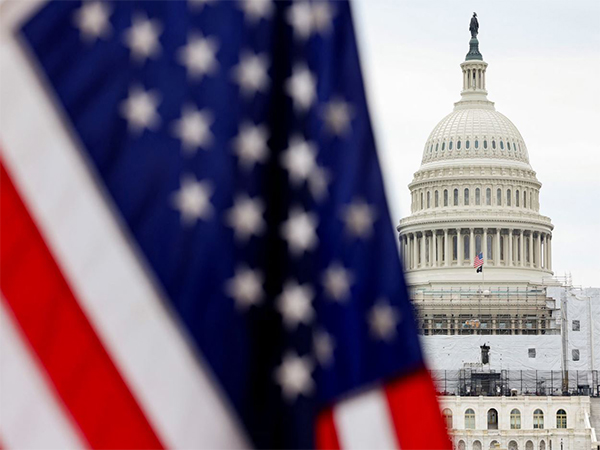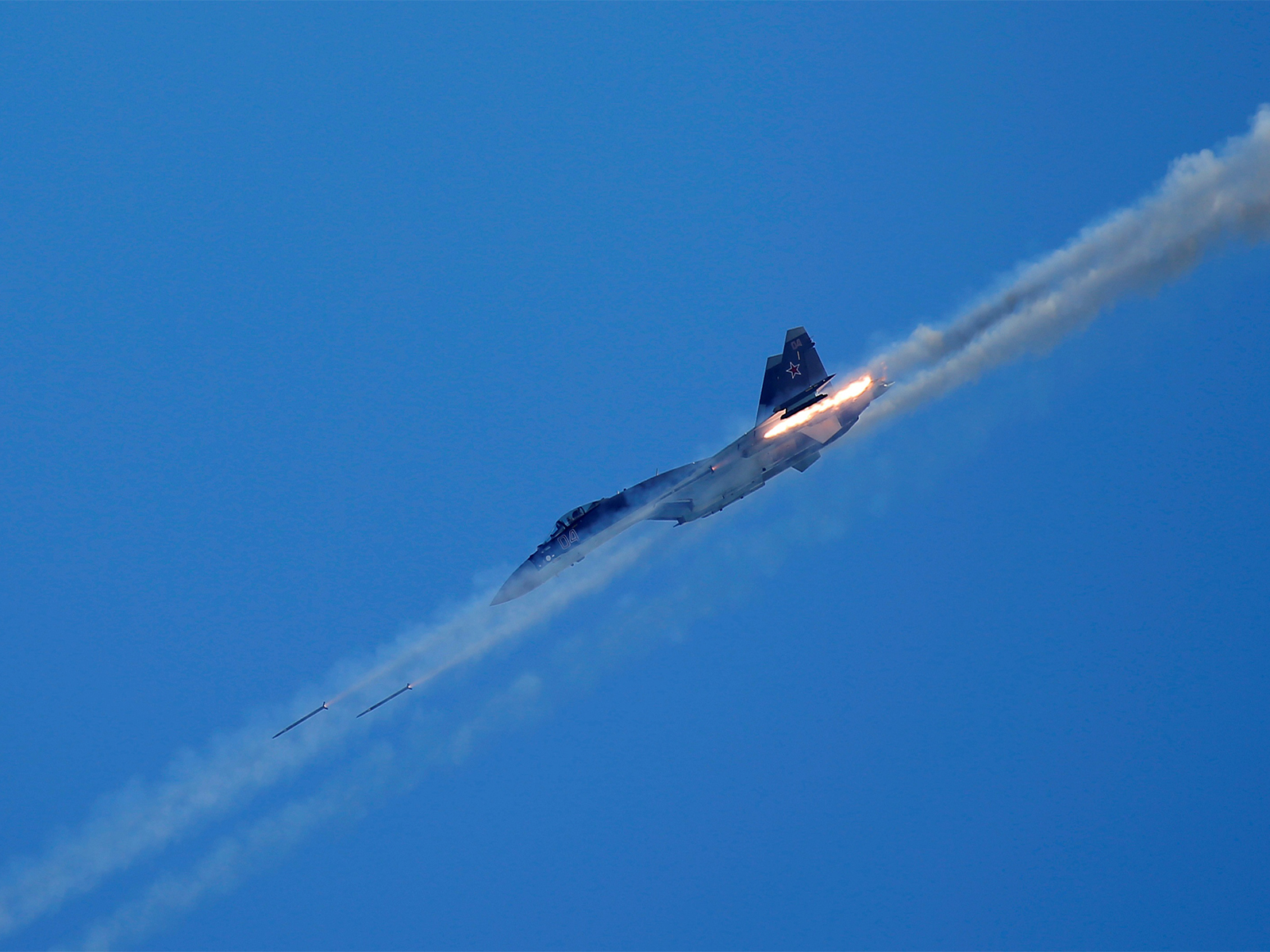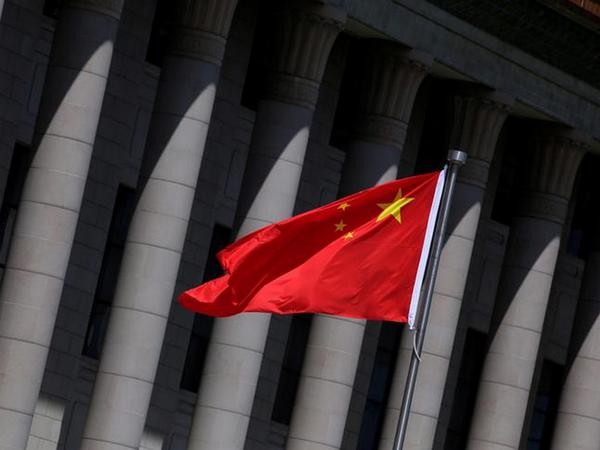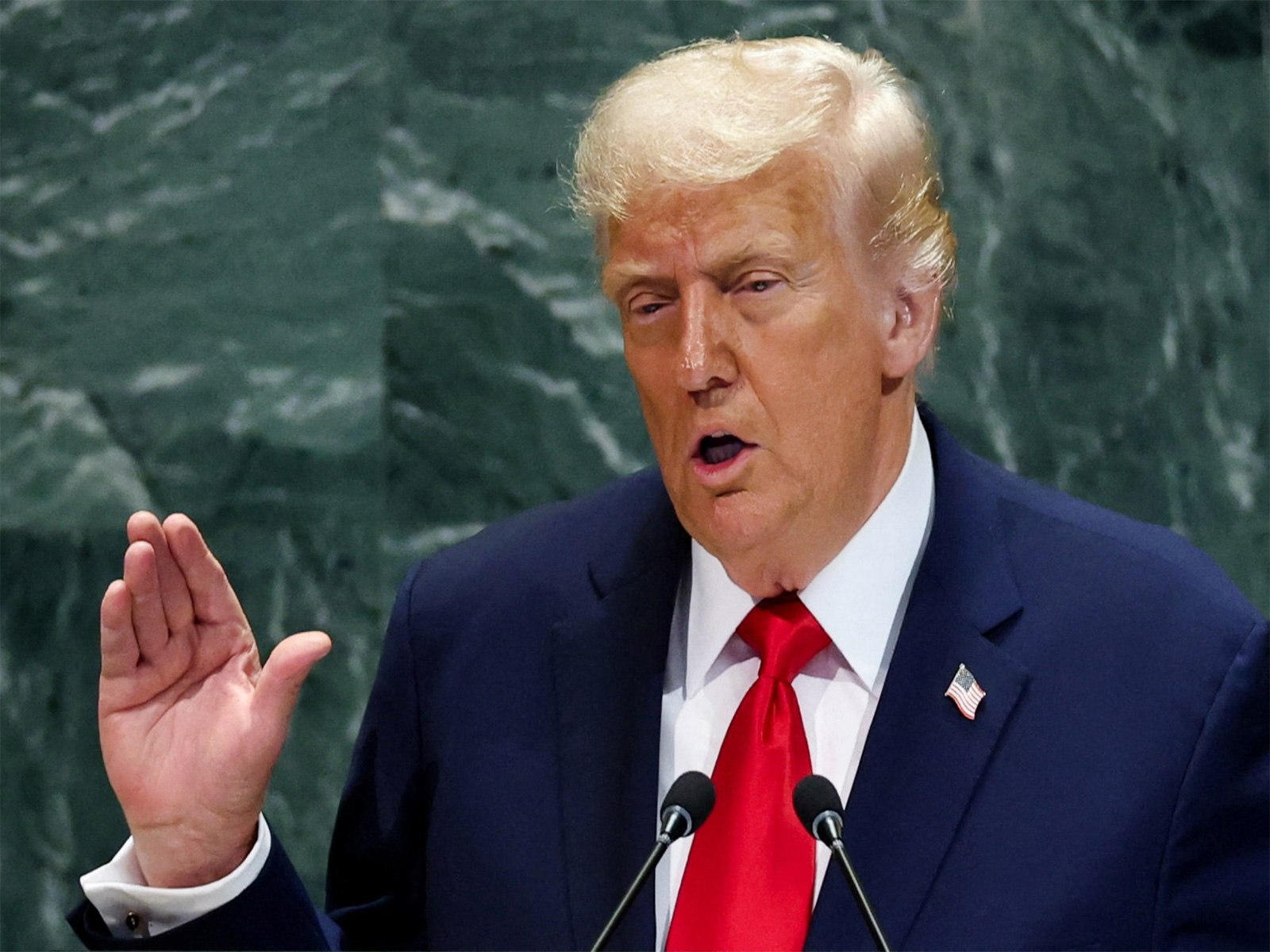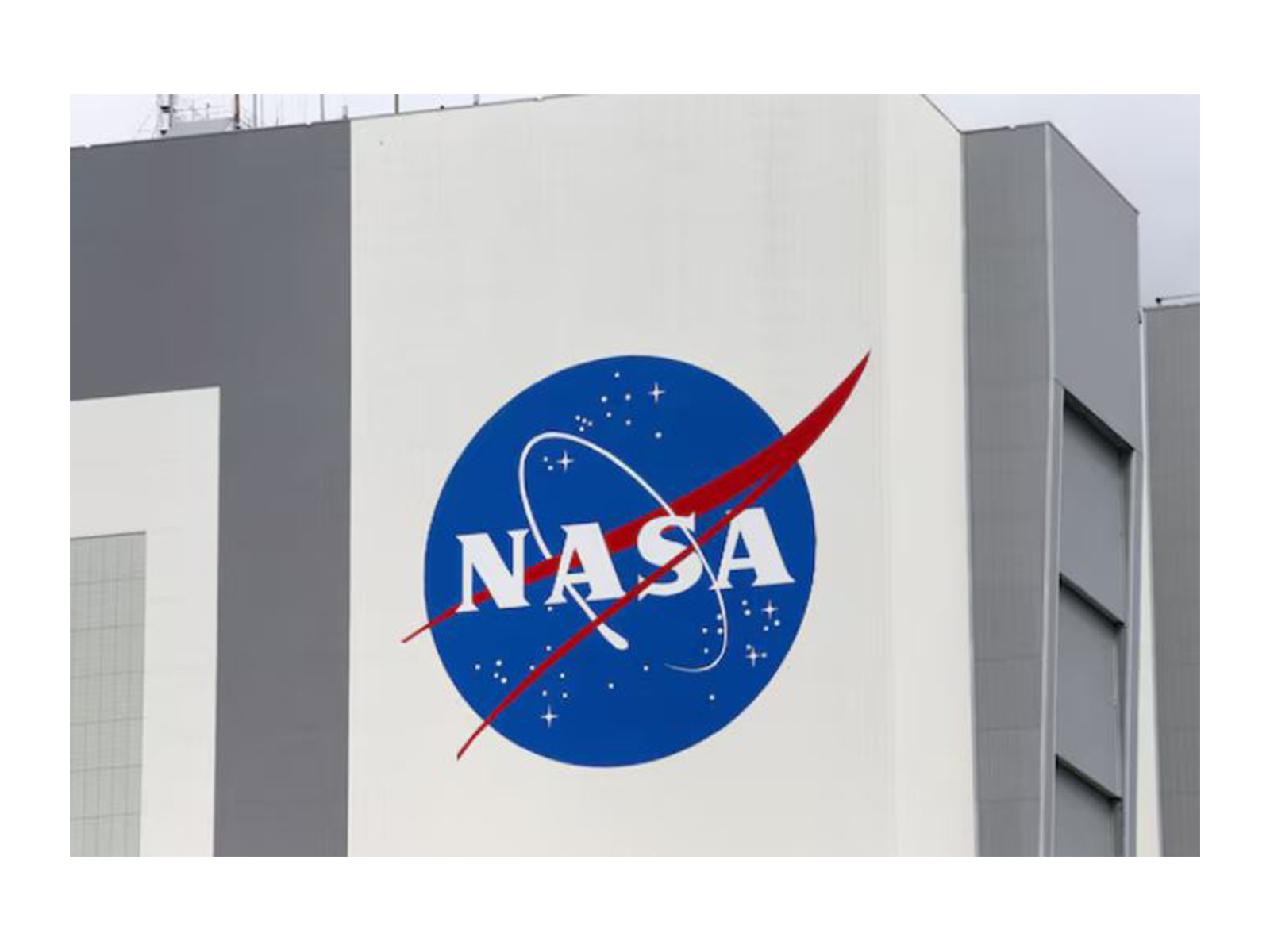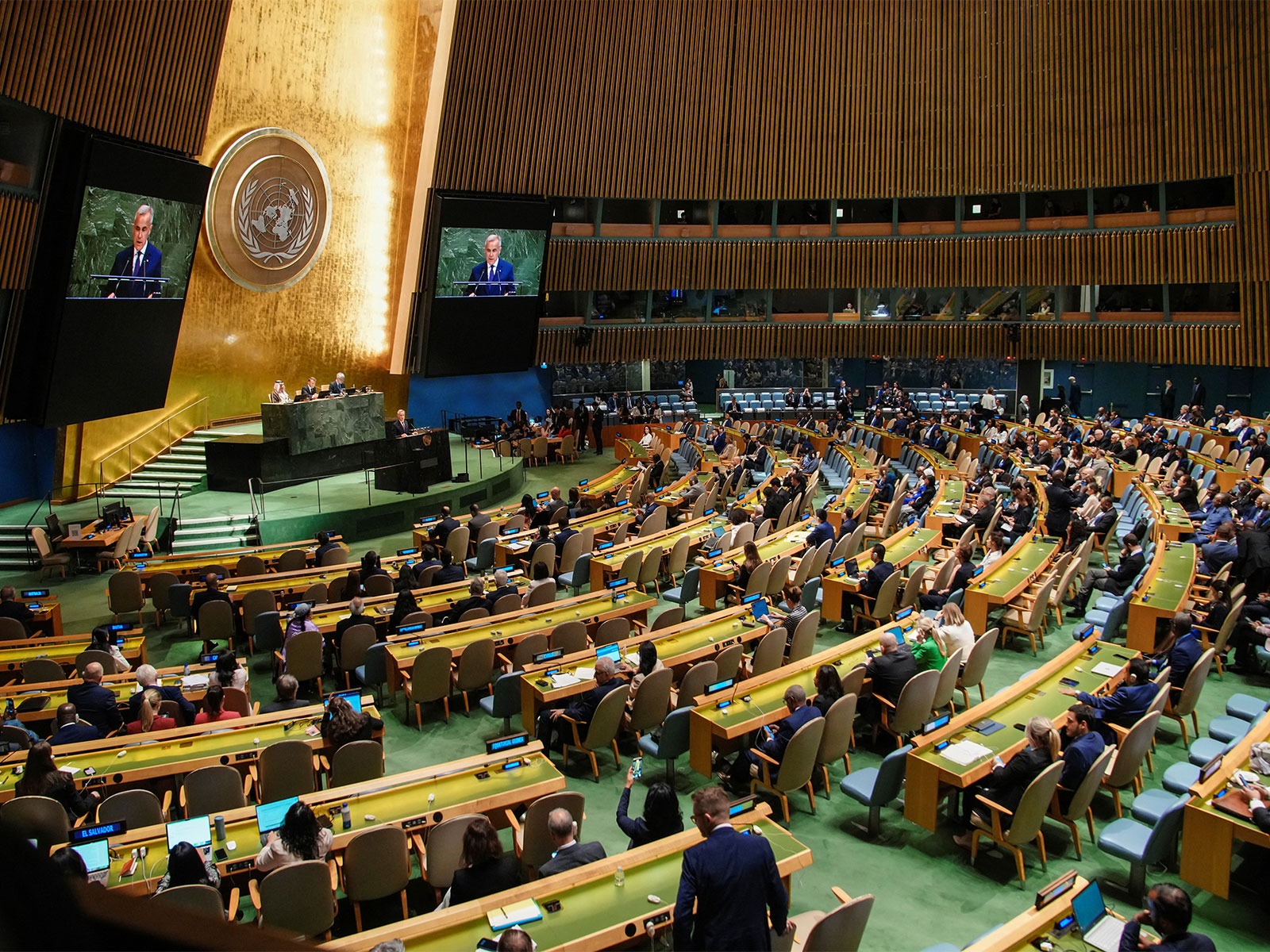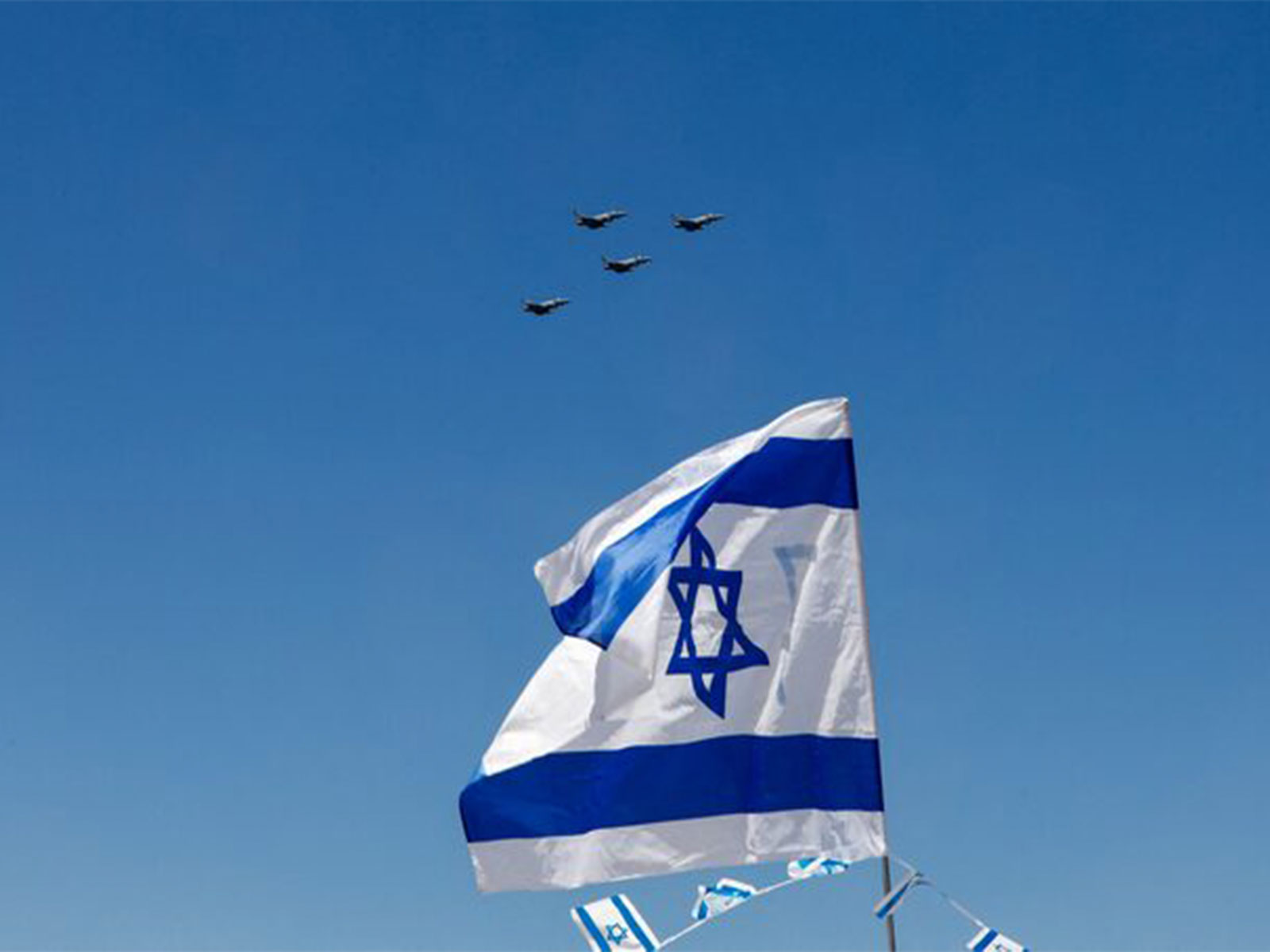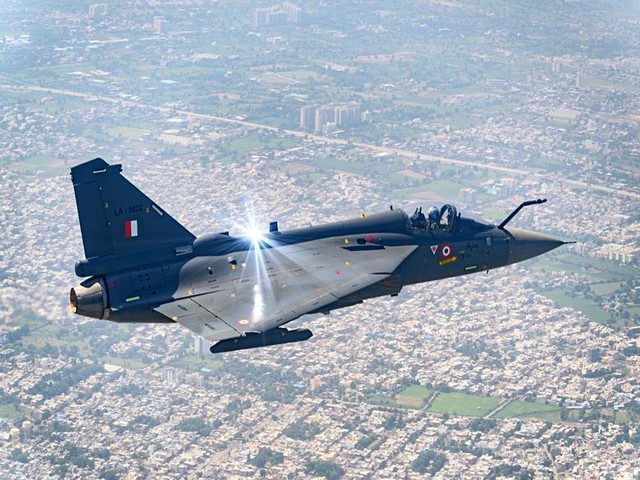
Fierce race to develop military UAVs
Sep 28, 2025
Washington [US], September 28: The race to develop military UAVs in the world is becoming increasingly fierce in the context of widespread armed conflicts and increasing geopolitical tensions.
From heavily armed UAVs to today's low-cost suicide UAV swarms, military UAVs have become a game-changer in modern warfare and have increased the pressure for innovation for many militaries around the globe.
No longer a game for giants like the US or Russia, the race to develop military UAVs now involves many other parties with the rise of asymmetric warfare methods, when swarms of basic UAVs with low cost but high lethality are mass produced.
The gold standard of heavy-lift UAVs
In the early 2000s, the US began to equip UAVs with weapons in the war on terrorism. The advent of armed UAVs ( UCAVs
In the heavy UCAV segment, the US MQ-9
AeroTime ranks the MQ-9 at the top of the list of the world's best UCAVs . Renowned for its versatility, endurance, and ability to carry a wide range
Since being put into service by the US in 2007, the MQ-9 has been continuously updated to attract interest from customers around the world.
At the same time, many countries such as Turkey, China, Israel and Russia are also promoting the development of domestic UCAVs to meet combat and export needs. Turkey is a typical example of a successful export UCAV manufacturer with the Bayraktar TB2
Meanwhile, China's Wing Loong II
US military UAVs are at a disadvantage
In an effort to compete with China's expansion in the armed UAV market, the United States has struggled with self-imposed constraints from the Missile Technology Control Regime ( MTCR
The MTCR, established in 1987, is a multinational agreement to limit the export of missile and long-range UAV technology. UAVs such as the MQ-9 are classified as Category I (capable of carrying weapons over 300 kg and a range over 300 km) and are subject to strict export restrictions.
US UAV manufacturers face stiff competition from China and Israel, which have not signed the MTCR and can easily export their UAVs. Türkiye signed the MTCR in 1997 but has been able to export the Bayraktar TB2 because it has a shorter range, is lighter, and is in a different category than heavy UAVs like the US MQ-9, which are only exported to close allies in Europe or Japan.
With no constraints, China quickly took over the market. China's Wing Loong II (32-hour flight time, 480 kg payload) and Wing Loong III (40 hours, 10,000 km range) models directly compete with the MQ-9, at a cost of only 1/10 to 1/20.
The CH-4, which is widely exported, makes it an ideal choice for countries like Saudi Arabia, Egypt, and Pakistan that cannot access US technology due to political restrictions or MTCR. China also leverages its civil-military fusion strategy to mass produce and transfer technology, helping these countries quickly deploy UAVs.
According to Army Recognition magazine , China's success is based on three factors: low price, fast delivery speed and few political conditions attached. This has helped Beijing attract many customers in the Middle East, Africa and South Asia.
US Secretary of State Marco Rubio recently decided to change the interpretation of export control policy, which will treat UAVs as fighter aircraft instead of missile systems as before. The decision was announced on September 15, helping the US no longer be bound by MTCR in exporting heavy UAVs.
Immediately, the US announced the approval of a contract to sell more than 100 MQ-9s to Saudi Arabia, according to Reuters. Other models such as the MQ-1C Gray Eagle (surveillance and battlefield support aircraft), RQ-4
The Rise of Low-Cost UAVs
The smaller UAV segment is also witnessing a vibrant development race with many participants. The conflict in Ukraine has clearly demonstrated the high applicability of small UAVs in modern combat, from Geran
In June, Ukraine's defense intelligence agency said Russia could produce an average of 170 Gerans per day and plans to increase production to 190 per day by the end of 2025, according to al-Jazeera. The Wall Street Journal recently reported that the Shahed UAV has been so successful that the US and many Western allies have begun to copy it to develop similar low-cost, long-range weapons.
As for Ukraine, as of April, more than 95% of the UAVs used by the country's military on the front lines were domestically produced, according to The Kyiv Independent . In June, then-Defense Minister Rustem Umerov said the military had received 1.5 million UAVs by the end of June, and manufacturers estimated that a total of 4 million would be delivered to the front lines this year.
Regarding commercial UAV models, which can be used to drop explosives on targets or carry out suicide attacks, China is also said to have absolute dominance thanks to its huge production scale, low costs and a development strategy combining civil and military. A report by the Atlantic Council research institute shows that in 2023, the global UAV market is worth more than 30 billion USD and is forecast to increase to more than 55 billion USD by 2030. Of which, Chinese company DJI
Shenzhen-based DJI provides UAVs to recreational and industrial customers for aerial photography, package delivery and weather research. DJI claims it is not a military company and has cut off cooperation with customers who use its UAVs in armed conflict.
DJI's market dominance, with millions of UAVs produced each year, far outpacing its rivals, has raised concerns in Washington, where some lawmakers want to ban its products to boost domestic industry, according to The New York Times .
Meanwhile, US President Donald Trump also signed two executive orders in June to rebuild the US civilian UAV industry. One order directs various agencies to promote the export of US-made UAVs and the other restricts government purchases of UAVs linked to the Chinese government. However, many experts believe that these measures are too late and not strong enough to turn around the global market that has been dominated by China for decades.
US Defense Secretary Pete Hegseth has also frankly admitted that the US has been left behind and has announced a series of policies and new investments in UAVs to close the gap, according to Politico . "While our competitors have produced millions of low-cost UAVs every year, we have been bogged down in bureaucracy. This will not continue," Mr. Hegseth declared in July.
Source: Thanh Nien Newspaper
